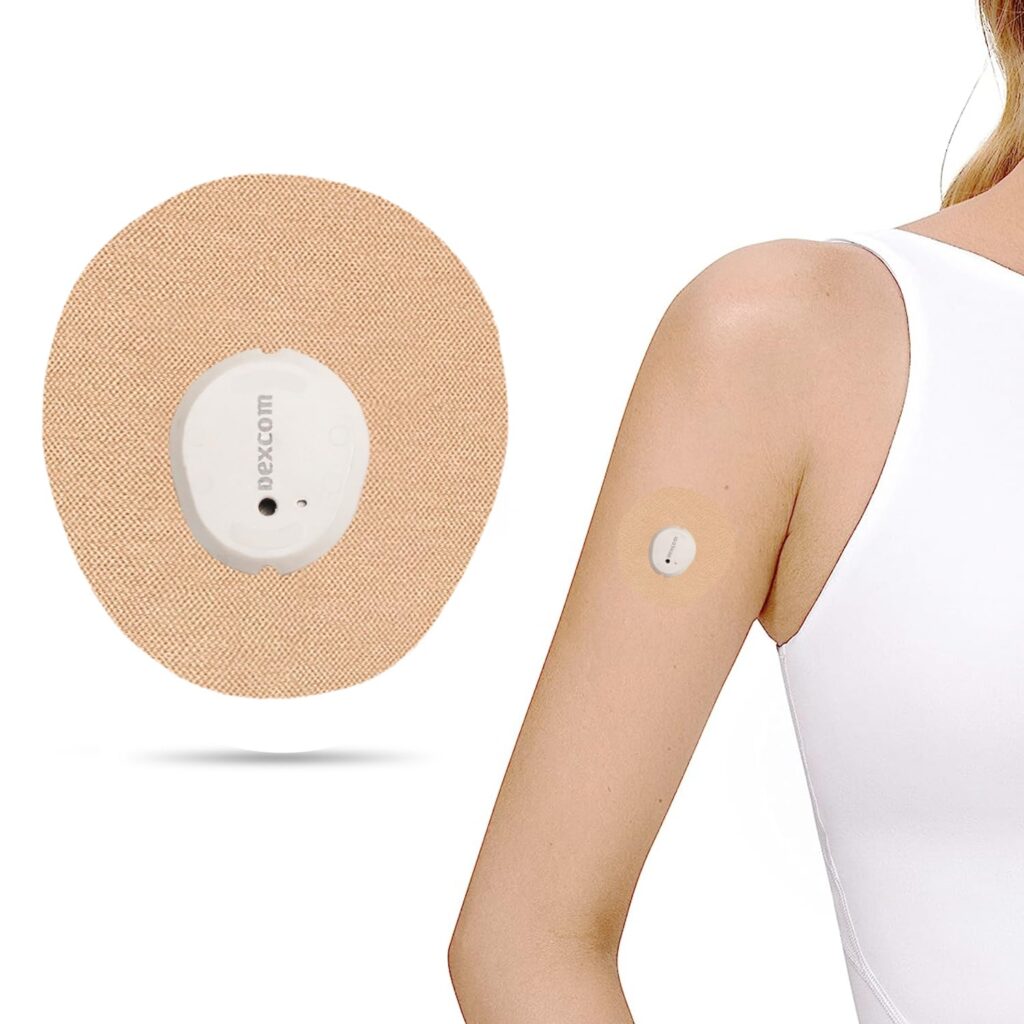Managing glucose levels has never been easier with the advent of Continuous Glucose Monitors (CGMs). These devices offer real-time insights into blood sugar levels, making diabetes management more efficient and less invasive. If you’re considering using a CGM or are new to it, here are six essential things to know about wearing a CGM.
Understanding How a Continuous Glucose Monitor Works
The Basics of Continuous Glucose Monitors
A CGM is a real-time glucose monitoring gadget. It is made up of a transmitter that transmits data to a display device or smartphone app and a tiny sensor that is usually placed under the skin on the arm or belly. The sensor continuously provides updates day and night on the amount of glucose present in the interstitial fluid.
Benefits of Real-Time Monitoring
One of the main advantages of wearing a CGM is the ability to see real-time glucose levels. This immediate feedback helps in making informed decisions about diet, exercise, and insulin administration. It also provides alerts for high and low glucose levels, allowing for timely interventions.
Getting Started with a Continuous Glucose Monitor
Choosing the Right Device
There are numerous CGMs on the market, each with unique characteristics and advantages. Popular options include the Dexcom G6, FreeStyle Libre, and Medtronic Guardian Connect. It’s essential to choose a device that fits your lifestyle and healthcare needs.
Inserting and Calibrating the Sensor
The process of inserting the sensor can vary between devices but generally involves a quick, minimally painful procedure. Some CGMs require calibration with fingerstick blood glucose readings, while others do not. Following the manufacturer’s instructions for insertion and calibration is crucial for accurate readings.
Interpreting Continuous Glucose Monitor Data
Understanding Glucose Trends
A key benefit of wearing a CGM is the ability to observe glucose trends over time. The data provided by the CGM includes trends and patterns that can help identify how different foods, activities, and medications affect your glucose levels. This information is valuable for making adjustments to your diabetes management plan.
More Read About: Impact of CGMs & Digital Solutions on Diabetes Care
Setting Alerts and Alarms
Most CGMs allow users to set customizable alerts and alarms for high and low glucose levels. These alerts can be critical for preventing hypoglycemia and hyperglycemia, ensuring you take action before levels become dangerous. Properly configuring these settings can enhance the effectiveness of your CGM.
Integrating CGM Data with Lifestyle
Dietary Adjustments
A CGM can give you information about the effects of different diets on your blood sugar. This information can guide dietary choices, helping to maintain stable glucose levels. By tracking food intake alongside CGM data, you can identify foods that cause spikes or drops in glucose levels and adjust your diet accordingly.
Exercise and Physical Activity
Physical activity plays a significant role in glucose management. A CGM can show how exercise affects your blood sugar in real time. This allows you to tailor your workouts to avoid hypoglycemia or hyperglycemia and optimize your exercise regimen for better glucose control.
Benefits and Challenges of Using a Continuous Glucose Monitor
Advantages of Continuous Monitoring
The primary benefit of wearing a CGM is its constant data stream. This continuous monitoring can lead to better overall glucose control, reduced HbA1c levels, and fewer hypoglycemic episodes. It also reduces the need for frequent fingerstick tests, making diabetes management less intrusive.
Potential Challenges
Despite the numerous benefits, there are challenges associated with using a CGM. These can include skin irritation at the sensor site, the need for regular sensor changes, and the cost of the device and supplies. Additionally, some users may find it challenging to interpret the data accurately and integrate it into their daily routine.
Maintaining Your Continuous Glucose Monitor
Ensuring Sensor Accuracy
Maintaining the accuracy of your Continuous Glucose Monitor is vital for effective diabetes management. This includes proper sensor insertion, regular calibration (if required), and following the manufacturer’s guidelines for sensor replacement. Keeping the sensor site clean and dry can also prevent infections and ensure accurate readings.
Troubleshooting Common Issues
Users may encounter issues such as sensor dislodgement, data transmission problems, or inaccurate readings. It’s essential to familiarize yourself with the troubleshooting steps provided by the CGM manufacturer. Contacting customer support for persistent issues can help resolve problems and ensure your CGM functions correctly.
Conclusion
Wearing a Continuous Glucose Monitor can significantly enhance diabetes management by providing real-time insights into glucose levels. Understanding how a CGM works, getting started with the device, interpreting the data, integrating it with your lifestyle, and maintaining the device are crucial steps to optimize its benefits. While there are challenges, the advantages of CGM far outweigh the drawbacks for most users. By leveraging the power of a CGM, individuals can achieve better glucose control and improve their overall quality of life.


